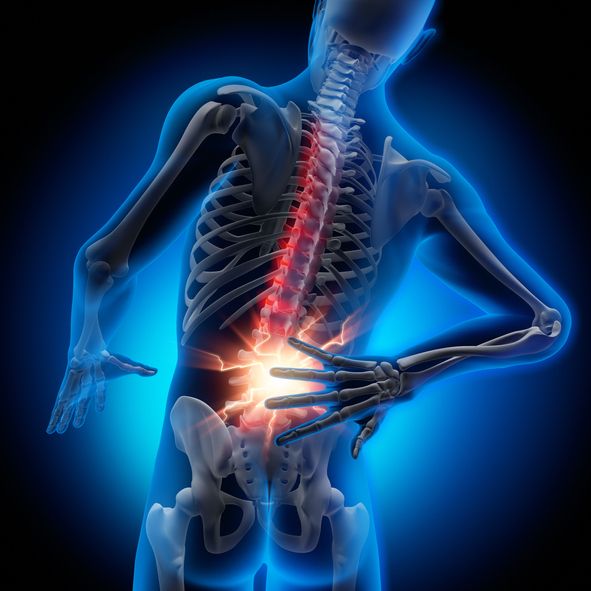What Might Be Next In The ayurvedic medicine for diabetes
What Might Be Next In The ayurvedic medicine for diabetes
Blog Article
Lower back pain is something that much of us experience eventually in our lives, with approximately 85% of grownups dealing with it. Whether it's a dull, bothersome pains or a sharp, relentless pain, it can be incredibly disruptive. Most of the time, it comes from concerns in the lower spinal column, tense muscles, or even close-by organs. While traditional treatments concentrate on handling signs, integrative approaches like Ayurveda, Yoga, and Acupuncture dive deeper, dealing with both the physical pain and the psychological toll that pain can handle us.
What Causes Lower Back Pain?
Lower pain in the back can originate from a variety of sources, such as:
● Problems in the lumbar spine: Issues with the vertebrae or discs in the lower back.
● Muscle strain: Overworked or inflamed muscles from poor posture, overexertion, or stress.
● Nerve compression: Commonly triggered by a herniated disc pressing on close-by nerves.
● Internal organ problems: Pain referred from organs in the pelvic or stomach.
If your pain is serious, remains in spite of rest, or includes signs like leg pain, tingling, weak point, or unusual weight reduction, it's essential to see a physician.
How Ayurveda Can Help
Ayurveda, with its holistic and tried and true treatments, offers natural solutions for treating lower pain in the back. Here are some treatments that can assist:
● Kati Basti: This includes applying warm, medicated oil directly to the lower back. The warmth and oil interact to alleviate tightness, promote blood flow, and soothe pain.
● Elakizhi: Medicated herbal leaves are utilized in a hot compress to ease muscle tension and promote healing.
● Panchakarma (Basti): This treatment utilizes a medicated enema to relax Vata dosha (among the body's energy types). Vata imbalance is frequently linked to pain in the back, and Basti assists restore balance, decrease inflammation, and avoid reoccurrence.
Acupuncture for Pain Relief
Acupuncture is another powerful method to handle neck and back pain. By inserting great needles into particular points on the body, acupuncture:
● Stimulates the release of endorphins, the body's natural pain relievers.
● Improves circulation and lowers swelling in the affected location.
● Works together with Ayurveda to provide a well-rounded and effective pain management option.
Yoga for Long-Term Relief
Yoga complements Ayurveda and Acupuncture, providing a method to manage pain on a daily basis. It assists by:
● Stretching and enhancing the muscles: Yoga poses can assist improve versatility and ease tension in the back.
● Breathing exercises and meditation: These practices relax the mind, decrease tension, and support your body's natural healing process.
While yoga alone may not completely remove the underlying causes of lower pain in the back, it can considerably ease pain and help keep a healthy, pain-free back in time.
A Holistic Approach for Lasting Relief
By integrating Ayurveda, Yoga, and Acupuncture, you're not just dealing with the symptoms-- panchakarma treatment you're resolving the source of lower pain in the back. These therapies interact to balance the mind and body, offering a more natural and thorough solution to pain relief. With this integrative technique, you can find not just physical relief but also a higher sense of well-being and balance in your life.
If you're trying to find a long-term, holistic method to handle your lower neck and back pain, these treatments could be the answer.